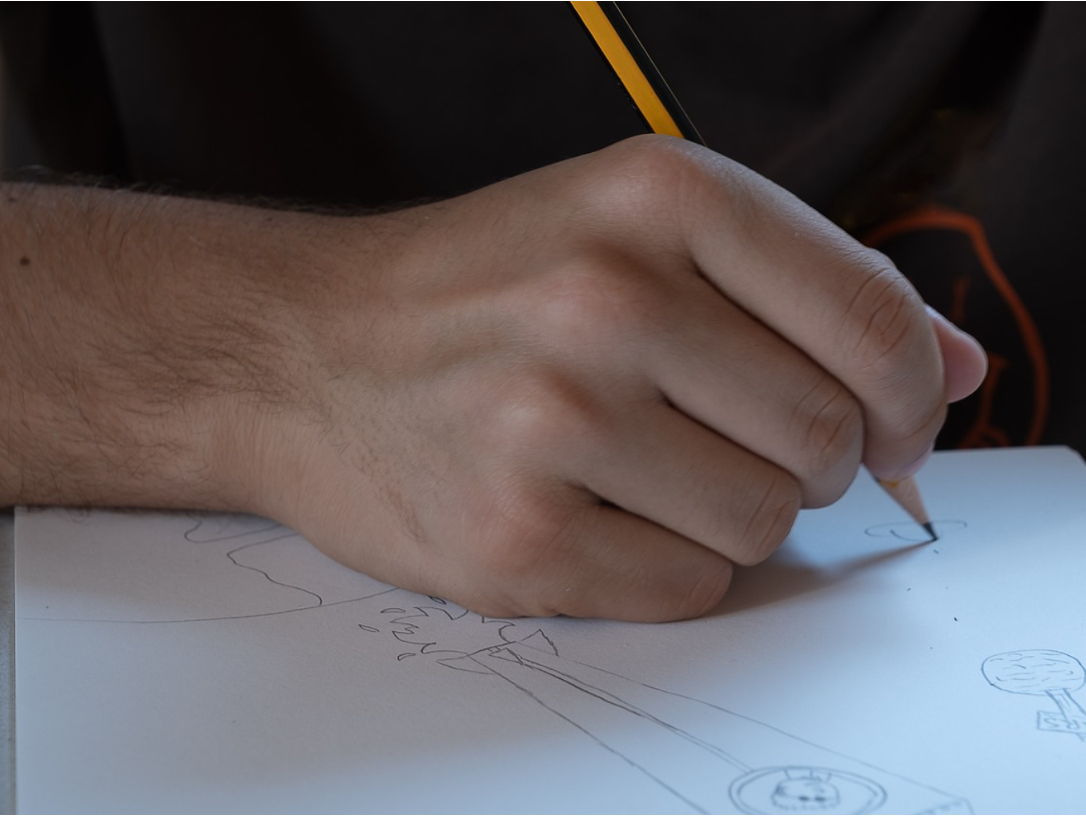“Wow, Pythagorean Theorem actually works! Look, it made the length exactly for this strut…”
9th grade Design students are building cantilevers in partner pairs, using a constrained amount of small wooden dowels, sturdy cardstock, ribbon, and at least one 3D printed piece of their own design. The goal? Maximize your ‘moment,’ while also minimizing materials used, as measured by mass of the final design. And what exactly IS a moment, in this context? Students explained: “You have to measure the distance to where the weights are, then times the weight it can hold before it falls or fails. So it’s not just how much it can hold but also how far out it can hold it.”
It’s not just how much it can hold but also how far out it can hold it.
Students’ designs vary widely in overall size and shape, in how they use ribbons along with 3D printed pillar-like objects, as well as in their point of attachment to the table top, which everyone’s design must suspend from in their weight tests. Students use rulers, X-acto knives and small saws, laser cutter and 3D printer, heat gun, and glue as they work, observing others’ designs for inspiration and doing a lot of trial and error.
Their teacher helps them think about cost-benefit of different design changes, and also how they can use intuitive understandings of physics to make decisions: “Think about holding a bowling ball. Is it easier to hold it out in front of you, or here closer in? Why is that?”
And, “In this instance, yes, three pillars would make it stronger. But when you’re loading it in only one direction then it may not be worth it. Remember also that the more components you have the more failure points you can have.”
Their overall assessment is based in reflection on how their design as progressed over time, building not only the skills for measuring, building, CAD drawing, designing and iterating, but also for noting progress and changes through time.

